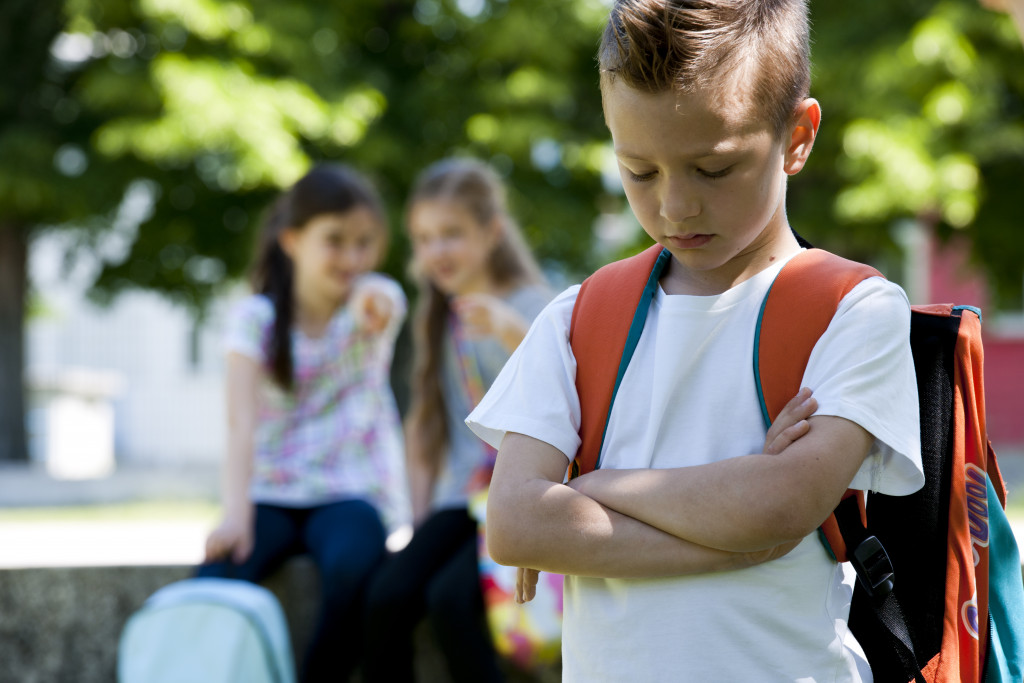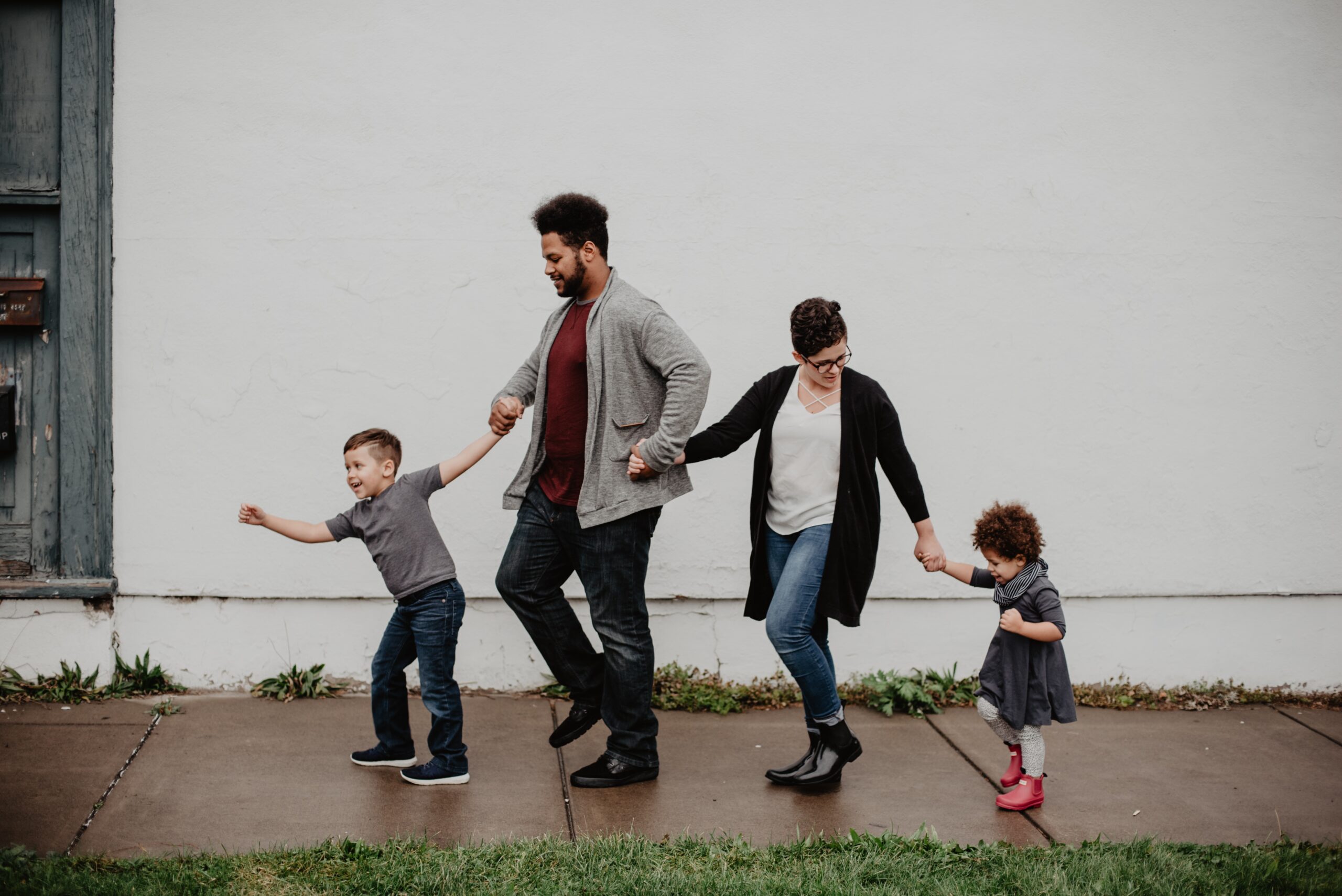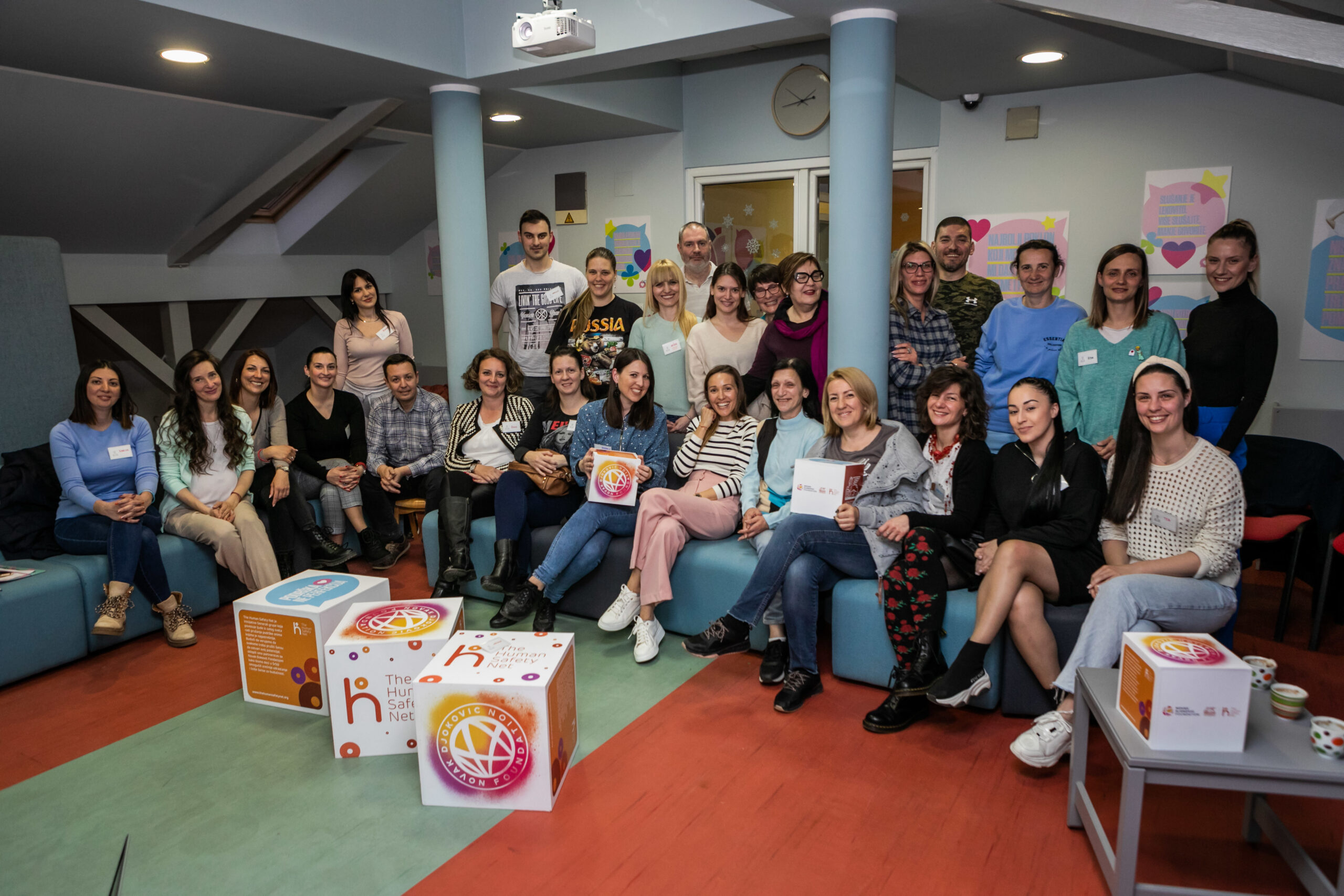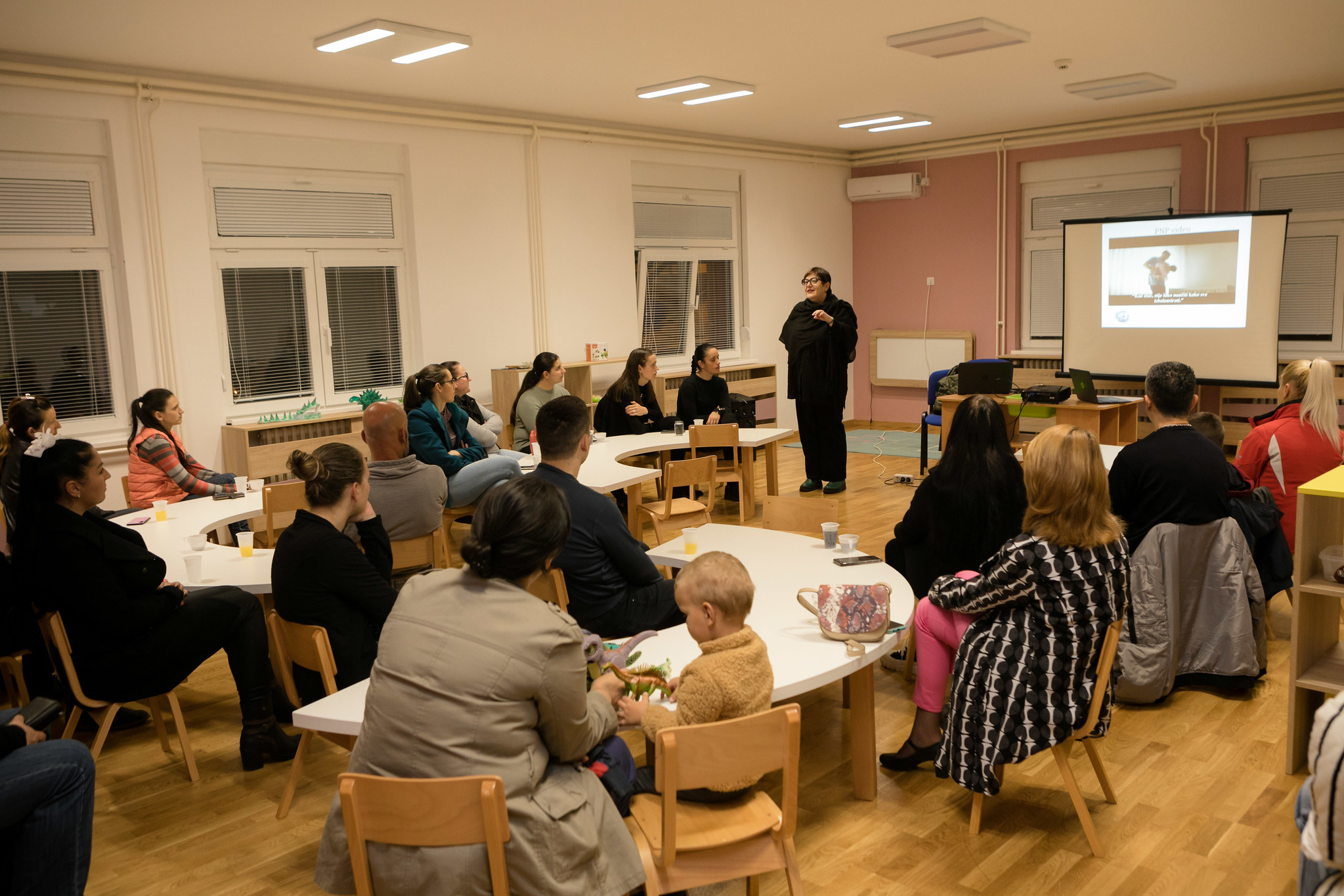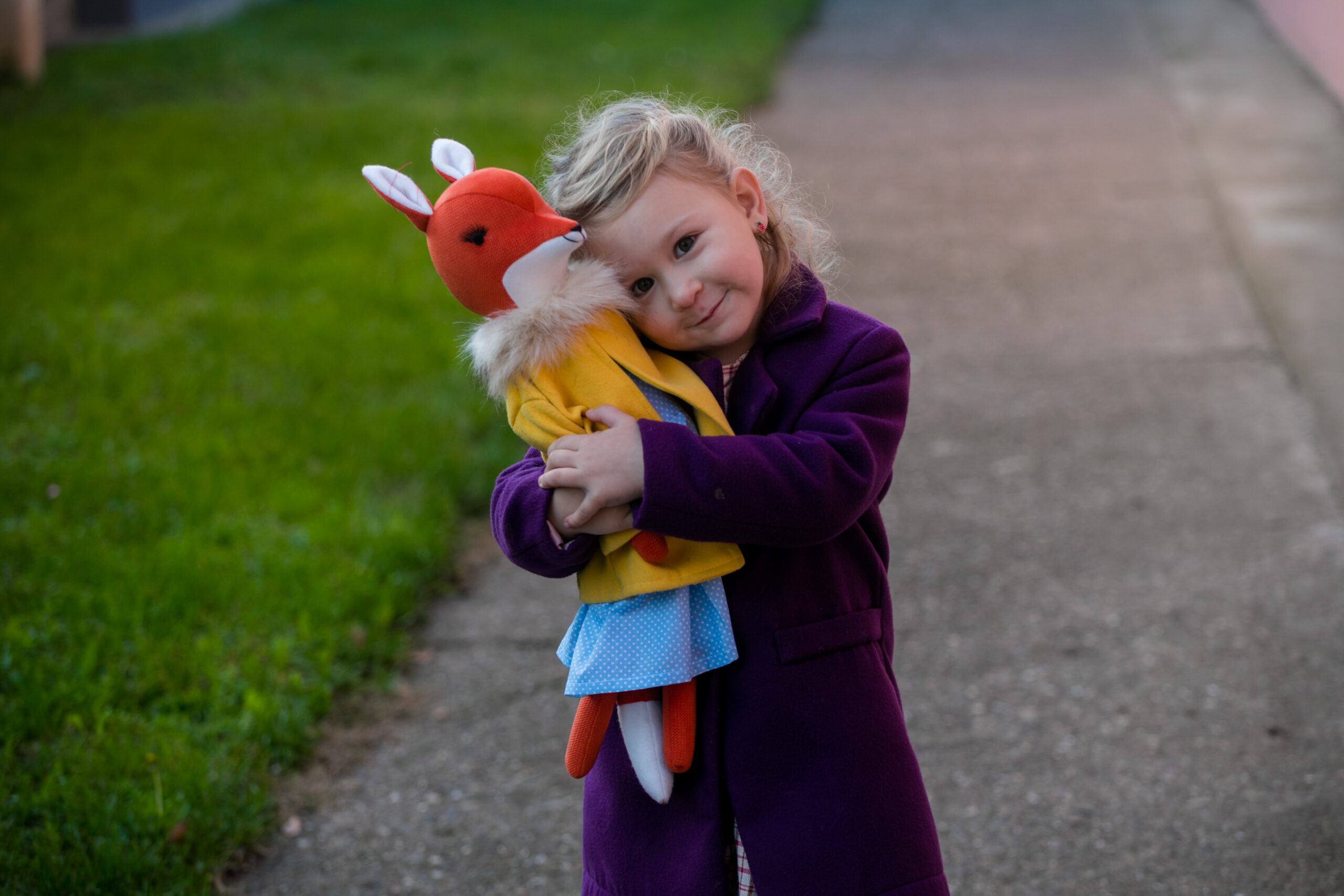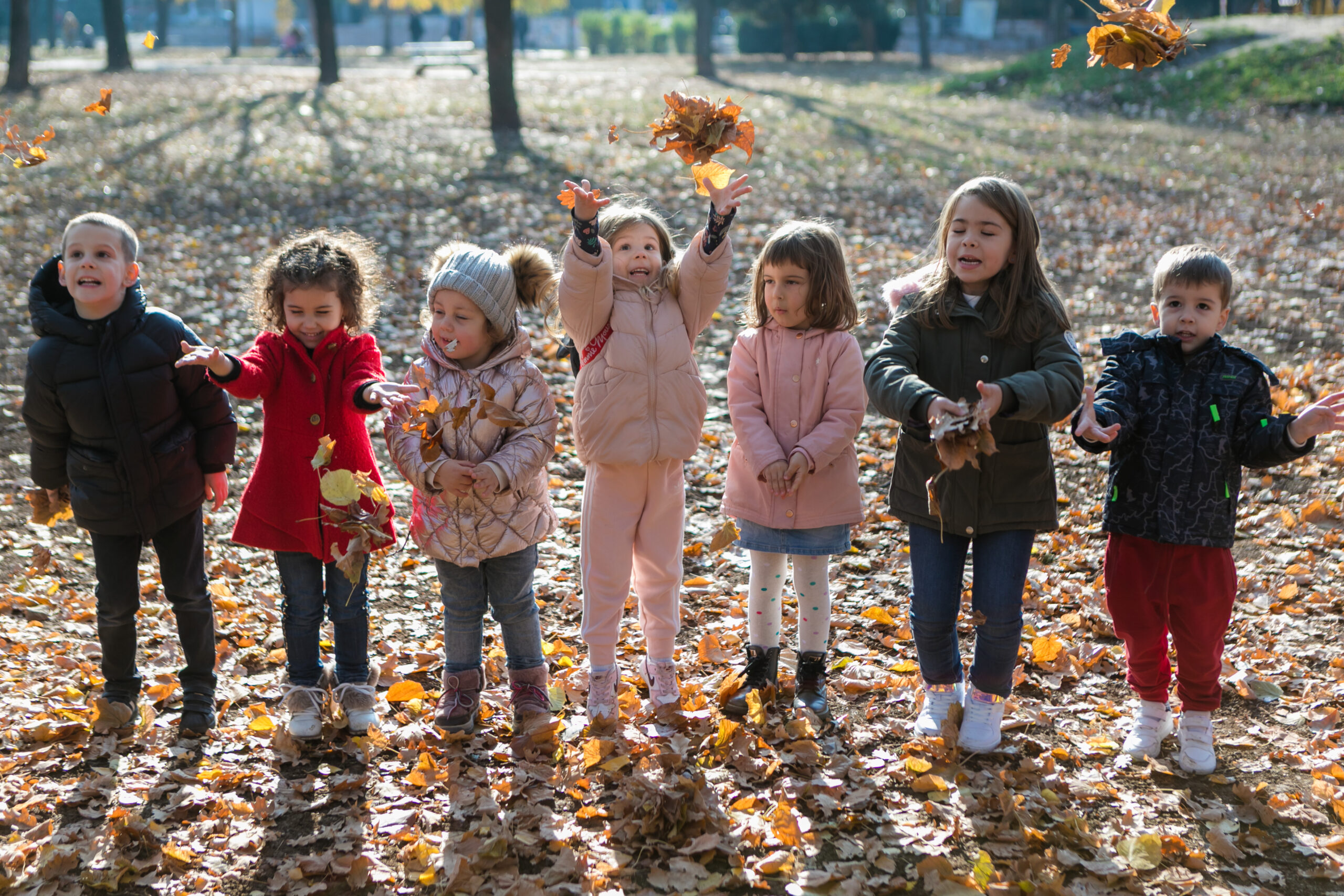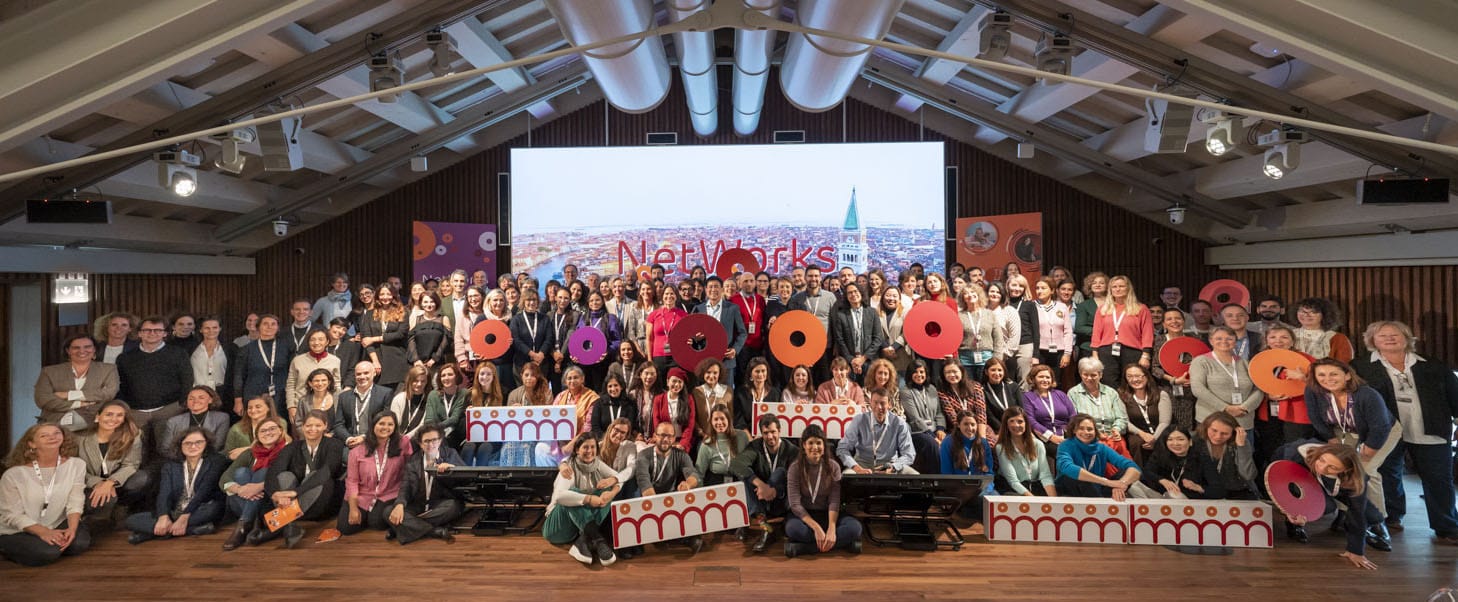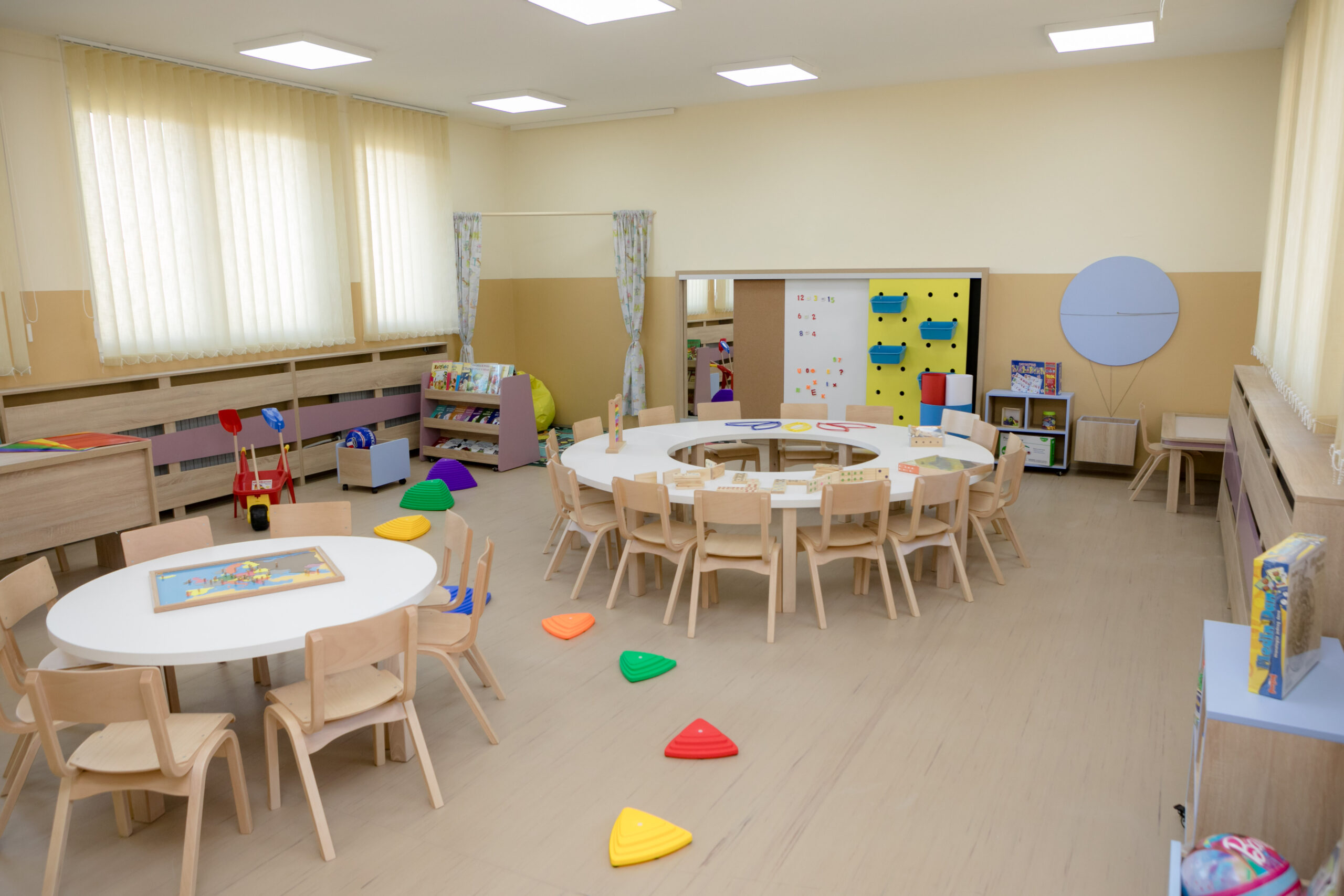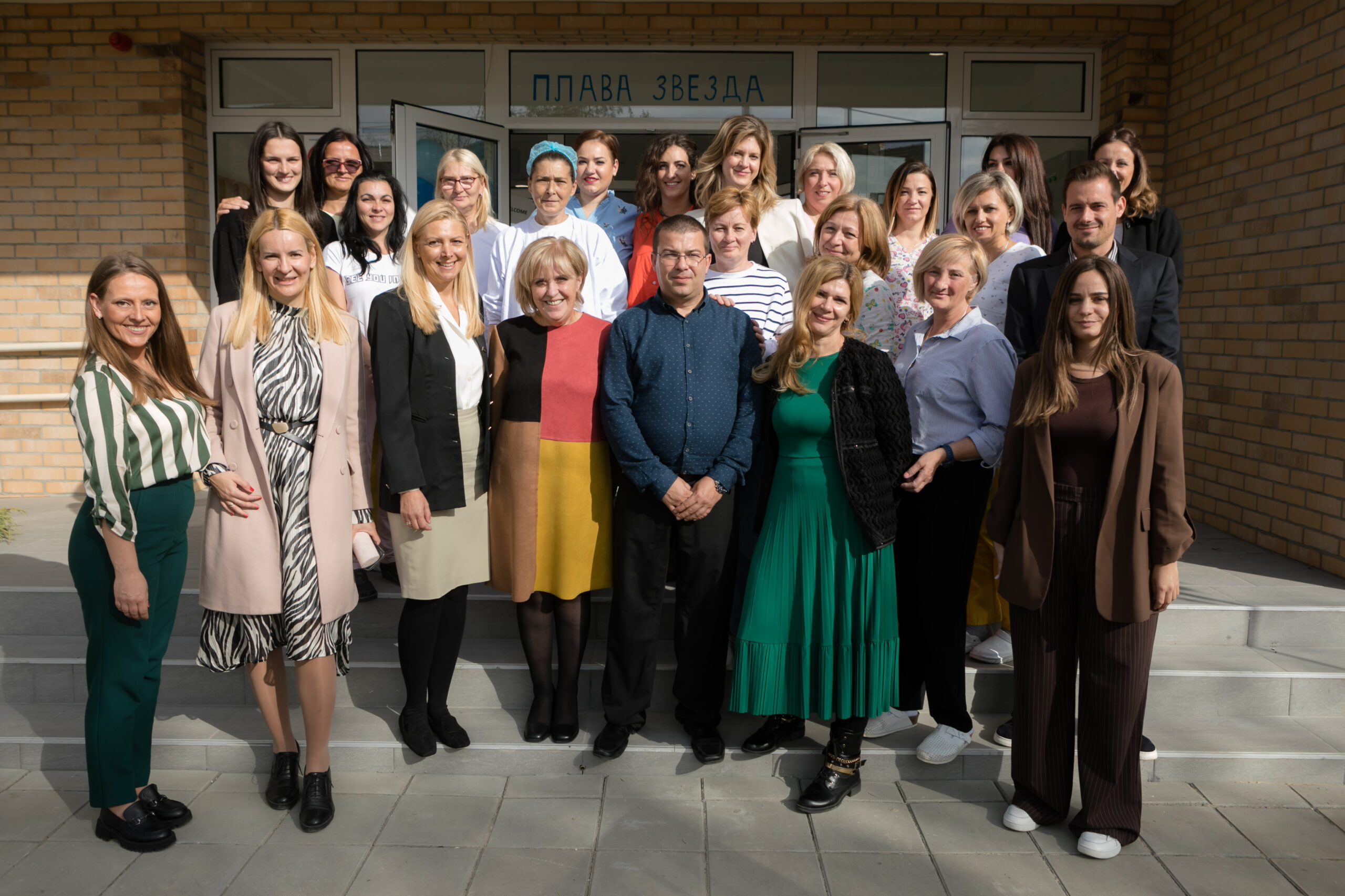We all know bullying is bad. It’s an unfortunate phenomenon that is large and widespread through schools globally. The fact that bullying also exists at preschools, is lesser-known but also important to know.
Bullying is intentional “harm doing” by a child who targets another by hurting or frightening them repeatedly. The issue has been shown to have multiple negative immediate and lasting consequences. Teenagers who come home crying because people at school keep making fun of them are easily categorised as victims of bullying, but recognising bullying among pre-schoolers can be much harder. It’s important that adults learn how to recognise, stop, and prevent behaviour in pre-schoolers that shows signs of becoming a bully.
Recognising Bullying among Pre-schoolers
Unfortunately, pre-school bullying often goes unnoticed as we often dismiss such behaviour as just kids being kids. Since most of us associate bullying with tormenting behaviour, it’s difficult to consider that young children are capable of bullying. This is true only to an extent; however, while babies and toddlers haven’t yet developed empathetic capabilities, children of 3+ years can understand other points of view and, therefore, can be intentionally aggressive.
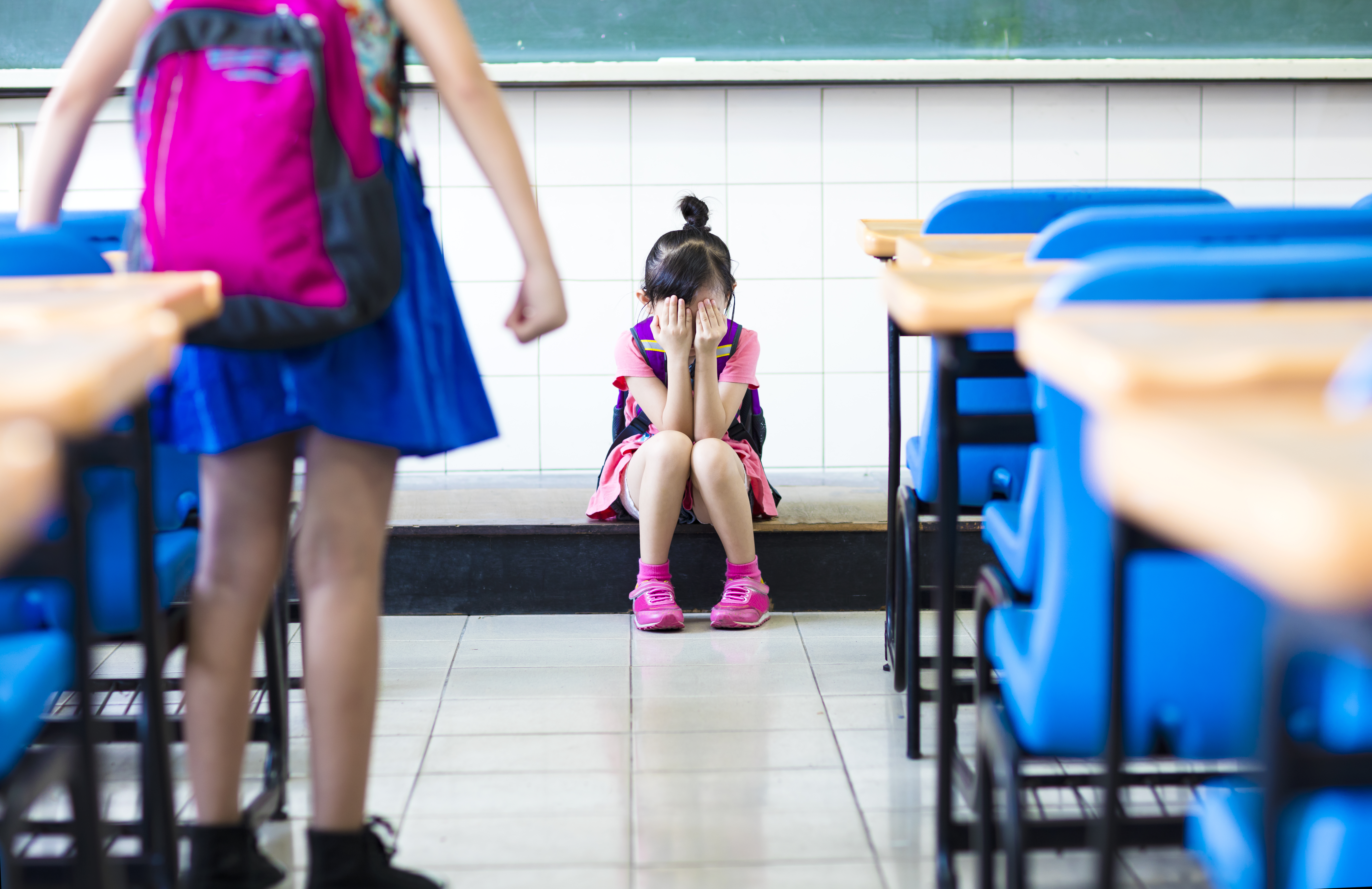
Copyright: Tom Wang
It’s obvious to us all that, since pre-schoolers have limited literacy skills, the most common method for measuring bully/victim problems – anonymous questionnaires – doesn’t work in preschools. But no worries! For parents and preschool staff there’s a simple way to recognise bullying, and that is by knowing which actions can result in bullying if ignored, and looking out for them in children both at home and at preschool. Such actions include: name-calling, exclusion, teasing, hitting/kicking, ignoring, taking and/or breaking possessions, hurting feelings, threatening, acting superior, making fun of appearances or disabilities. Likewise, your child might be a bullying victim if they find an excuse to avoid preschool, repeatedly says a certain child is being mean, loses self-confidence, or comes home with unexplained injuries. These lists aren’t exhaustive, but they do make the task at hand simpler – that is, if you know how to differentiate bullying from conflict.
The Difference between Bullying and Conflict
It’s important that, while bullying must end, we don’t discourage play-related conflict. Contrary to what the word might suggest, conflict is good for your child as it allows them to become more resilient and develop their cognitive thinking skills by learning how to compromise, negotiate, and forgive. Fortunately, determining what constitutes bullying isn’t hard if you know its main characteristics: frequency, intent, and secretive behaviour.
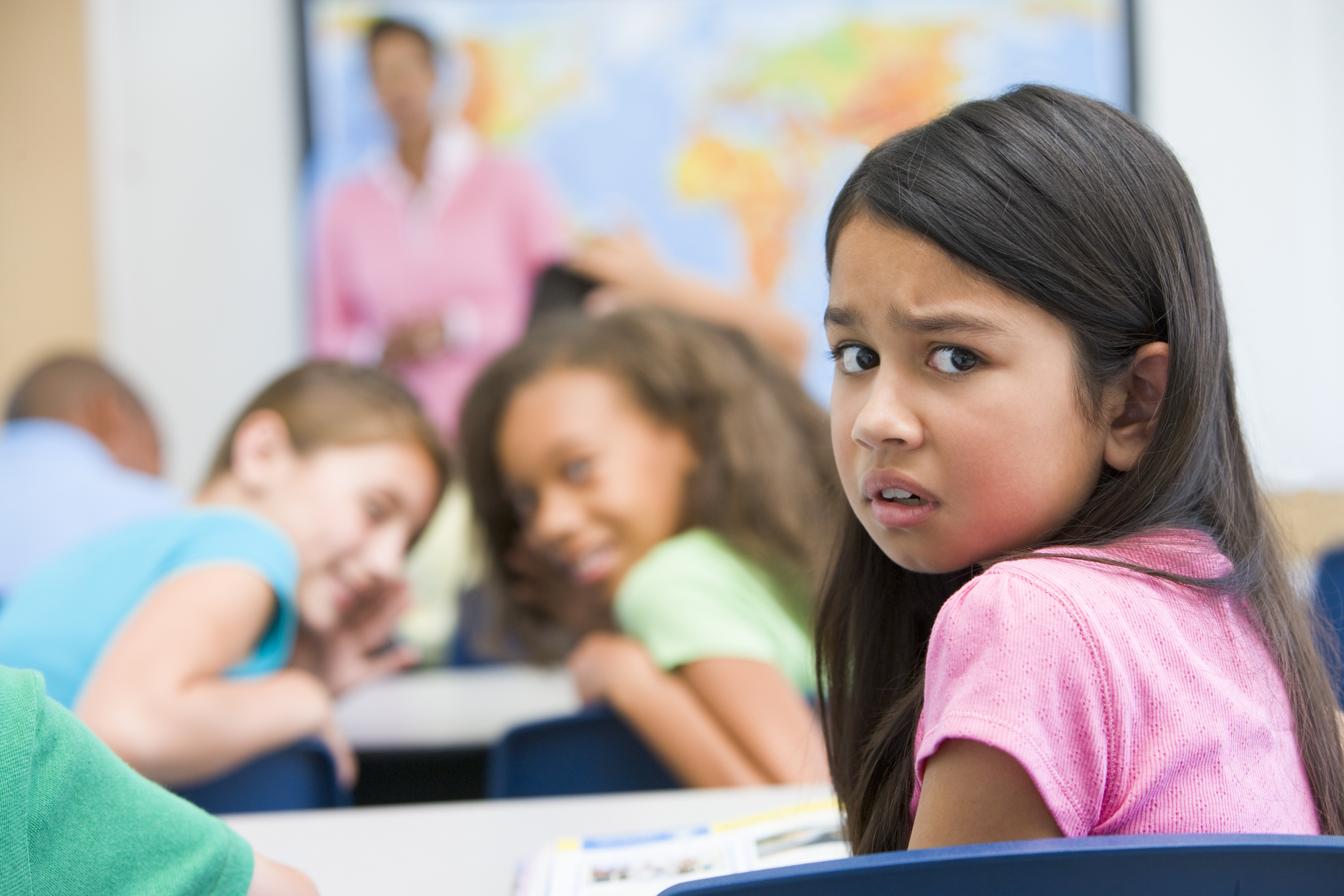
Copyright: Monkey Business Images
Frequency: While play-related conflict is usually a one-off event, a key sign of bullying is that it occurs repeatedly.
Intent: Conflict is easily detected if both children are upset during a spur-of-the-moment fight; however, if one child is targeting and/or taking pleasure out of hurting another then that is unmistakable bullying.
Secretive behaviour: Bullies know that what they’re doing is wrong; consequently, they’ll try only to hurt someone when they think nobody is looking and/or will attempt to gather other children behind them so it’s less obvious that he/she is to blame. Conflict, however, will likely happen right in front of you.
How Do Preschool Children Learn Bullying Behaviours?
Bullying behaviours only stick when they work. If a child successfully gets what they want by hitting someone, this action becomes a pattern – if we don’t teach more constructive emotional and social skills instead. But how do children learn these behaviours in the first place? The answer is straightforward: from adults, who, often unwittingly, bully them. When adults yell at, threaten, shame or punish children rather than staying calm, setting limits, and problem solving in a positive way, children learn that hurtful actions are legitimate forms of interaction. Adults also legitimise bullying when they label a child as a “bully” rather than understanding that bullying is a set of actions, not a person. It’s important that you don’t fall into this trap as, when we expect negative behaviour by a child, the child fulfils the expectation instead of learning replacement behaviour. So before blaming children for any aggressive behaviour, it’s worth taking a step back to see if negative interactions are the norm among their surrounding adults.
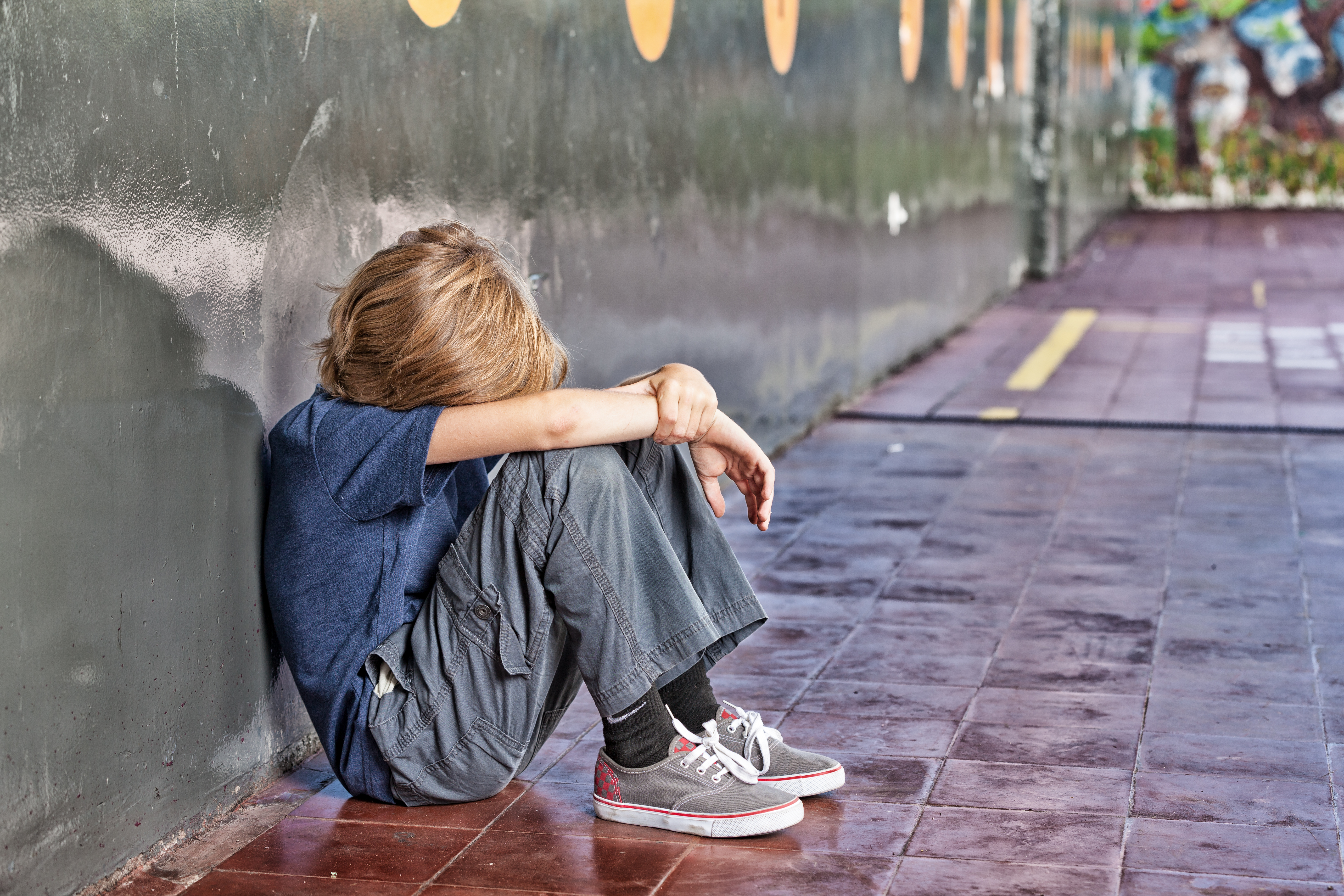
Copyright: GagliardiImages
Supervise, Stop, Support
Undoubtedly, we as parents and adults have to recognise bullying behaviours and intervene to stop them. While you might be tempted to punish your child for their behaviour to “teach them a lesson”, with no help with alternative ways to express their feelings, it’s very likely the behaviour will simply continue. To successfully end bullying, we must realise the opportunity to support new and more constructive skills so that hurtful actions don’t become a pattern. Put simply, you have to supervise, stop, and support. Follow these steps and you’ll get a better preschool environment and a happier child.

